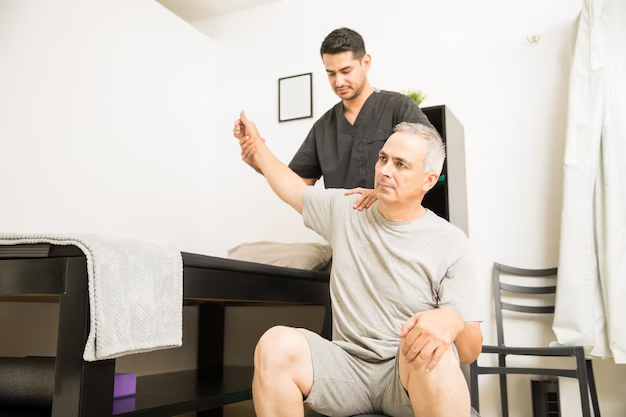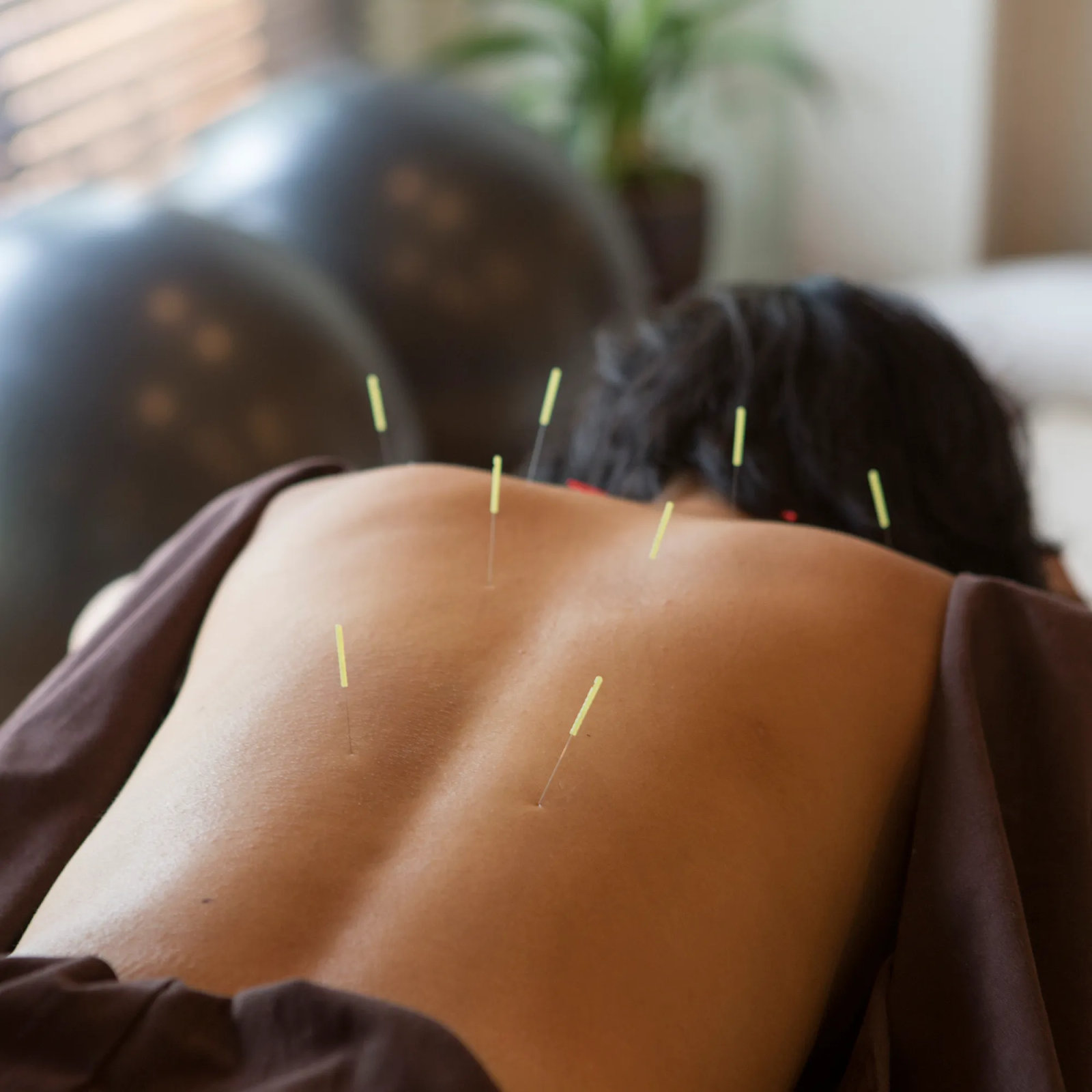Discover Your Perfect Healer Today!
Our online practitioner directory connects you with a wide range of healers to suit your unique needs.
Easily search and find the right professional to support your wellness journey.
Start exploring today to find your perfect match.
Modality
Disease
Books
Products
Events
Training
Blogs
Occupational Therapist
Who Can Benefit from Occupational Therapy? A Comprehensive Guide
Occupational therapy is a versatile healthcare service that allows the patient to regain or develop specific skills that are required for daily life. As such, ...
Read More → Written by
James Williams
Meditation
Integrating Meditation with Conventional and Complementary Therapies
Integration of meditation into conventional and alternative therapies formed an integrated approach towards health and well-being. Combining medication with physical therapy, or as an integrative ...
Read More → Written by
John Smith
Occupational Therapist
Navigating Controversies and Challenges in Occupational Therapy
Occupational therapy has been a crucial part of health care services, but like everything else, this profession suffers through criticism and controversy. Most critics contend ...
Read More → Written by
James Williams
Acupuncture
Discover the Limitations- When Should Acupuncture Be Avoided
Acupuncture is a traditional Chinese practice of healing that has gained global popularity. It is useful for many health problems. However, there are circumstances when ...
Read More → Written by
David Brown
Supporting Page
Know the Scientific Insights on Yoga and Its Benefits
From an ancient art of discipline and meditation, yoga has evolved into one of the most popular forms of exercise and mindfulness. Where its popularity ...
Read More → Written by
Michael Johnson
Osteopath
Research on Osteopathy: Key Scientific Insights Explained
Osteopathy, a manipulative manual treatment of the musculoskeletal system, made some resonance with scientific circles on interesting grounds of interest and skepticism. Years of research ...
Read More → Written by
David Brown






